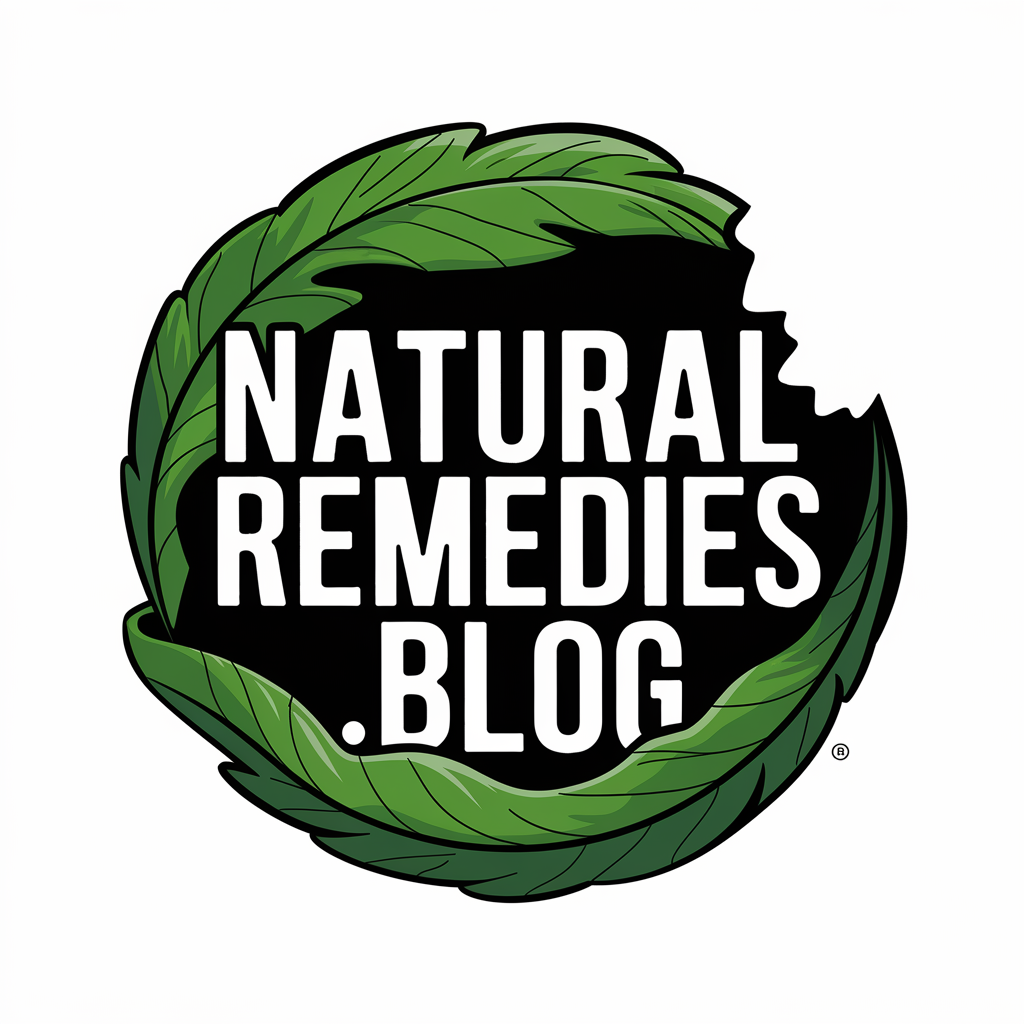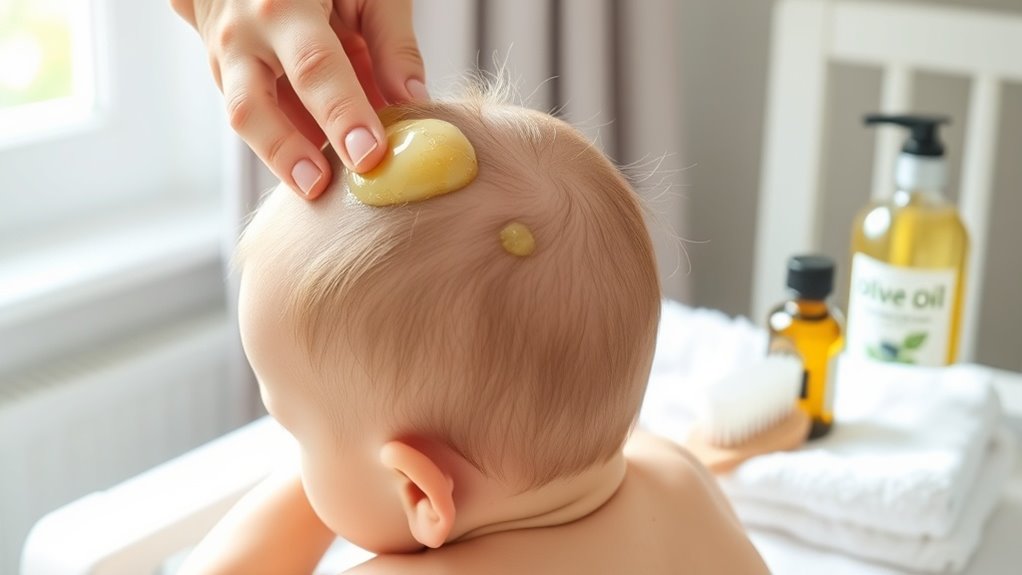Cradle Cap Remedies Moms Can Try Safely
You can safely treat your baby’s cradle cap by applying natural oils like coconut, olive, or almond oil to soften the crusty patches. Gently massage the oil into your infant’s scalp, then use a soft-bristled brush to remove loose flakes. Wash their hair 2-3 times weekly with mild shampoo, using gentle circular motions. While these home remedies typically work well, knowing when to contact your pediatrician ensures proper care for stubborn cases.
Understanding What Causes Cradle Cap
Although the exact cause of cradle cap isn’t fully understood, medical experts believe it develops due to overactive sebaceous glands stimulated by maternal hormones during pregnancy.
These hormones cross the placenta and temporarily affect your baby’s oil-producing glands, leading to excess sebum production on the scalp. The excess oil causes old skin cells to stick to the scalp instead of naturally falling off.
When considering cradle cap remedies, it’s important to understand that this condition isn’t caused by poor hygiene, allergies, or bacterial infection, and it’s not contagious or harmful to your baby.
Natural Oils That Help Remove Flaky Patches
While many parents turn to prescription treatments, several natural oils have proven effective at loosening and removing stubborn cradle cap flakes.
You’ll find coconut oil particularly useful due to its antimicrobial properties and gentle moisturizing effects. Olive oil can help soften crusty patches, while almond oil contains beneficial vitamins A and E that nourish your baby’s scalp.
To apply any of these oils, warm a small amount between your fingers and gently massage it into the affected areas. Let it sit for 15 minutes, then use a soft brush to remove loosened flakes.
Always follow with a gentle baby shampoo to prevent oil buildup.
Daily Care Tips to Prevent and Manage Scaling
Regular maintenance of your baby’s scalp extends beyond occasional oil treatments.
You’ll need to wash your baby’s hair with mild shampoo 2-3 times weekly, using gentle circular motions with a soft-bristled brush. Don’t scrub aggressively, as this can irritate the scalp and worsen scaling.
Before bathing, loosen scales by massaging the scalp with clean fingertips.
Pat the scalp dry thoroughly after washing, and avoid letting the area stay damp. If you notice any redness or bleeding, contact your pediatrician.
Keep your baby’s combs and brushes clean, washing them after each use in hot, soapy water.
Safe Bathing and Brushing Techniques
Three essential steps ensure safe bathing and brushing for babies with cradle cap.
First, wet your baby’s scalp with warm water and apply a mild, fragrance-free baby shampoo. Gently massage the scalp in circular motions for 1-2 minutes.
Second, use a soft-bristled brush to remove loose scales while the scalp is still damp. Brush in one direction, avoiding back-and-forth motions that can irritate the skin.
Third, rinse thoroughly with lukewarm water and pat dry with a clean towel. Don’t pick at stubborn scales; they’ll loosen with consistent bathing and brushing.
When to Call Your Pediatrician
Most cases of cradle cap clear up with home treatment, but certain symptoms require immediate medical attention.
Call your pediatrician if you notice: severe redness or inflammation spreading beyond the scalp, bleeding or oozing from the affected areas, signs of infection including yellow pus or warm-to-touch skin, intense itching that causes your baby distress, or lesions that appear deep or painful.
Also seek medical help if the condition persists despite consistent home treatment for more than two months, spreads to other body areas, or if your baby develops a fever alongside the cradle cap symptoms.
Medical Treatments and Prescribed Solutions
When standard home remedies don’t resolve cradle cap, your pediatrician may prescribe medicated treatments to address persistent symptoms.
Common prescriptions include antifungal creams containing ketoconazole or hydrocortisone preparations to reduce inflammation and scaling. These medications work by targeting the underlying causes of seborrheic dermatitis.
You’ll need to apply the prescribed treatment exactly as directed, typically for 1-2 weeks.
If your baby’s scalp shows signs of infection, your doctor might prescribe antibiotic drops or ointment. In severe cases, they may recommend a combination of treatments to effectively clear the condition.






